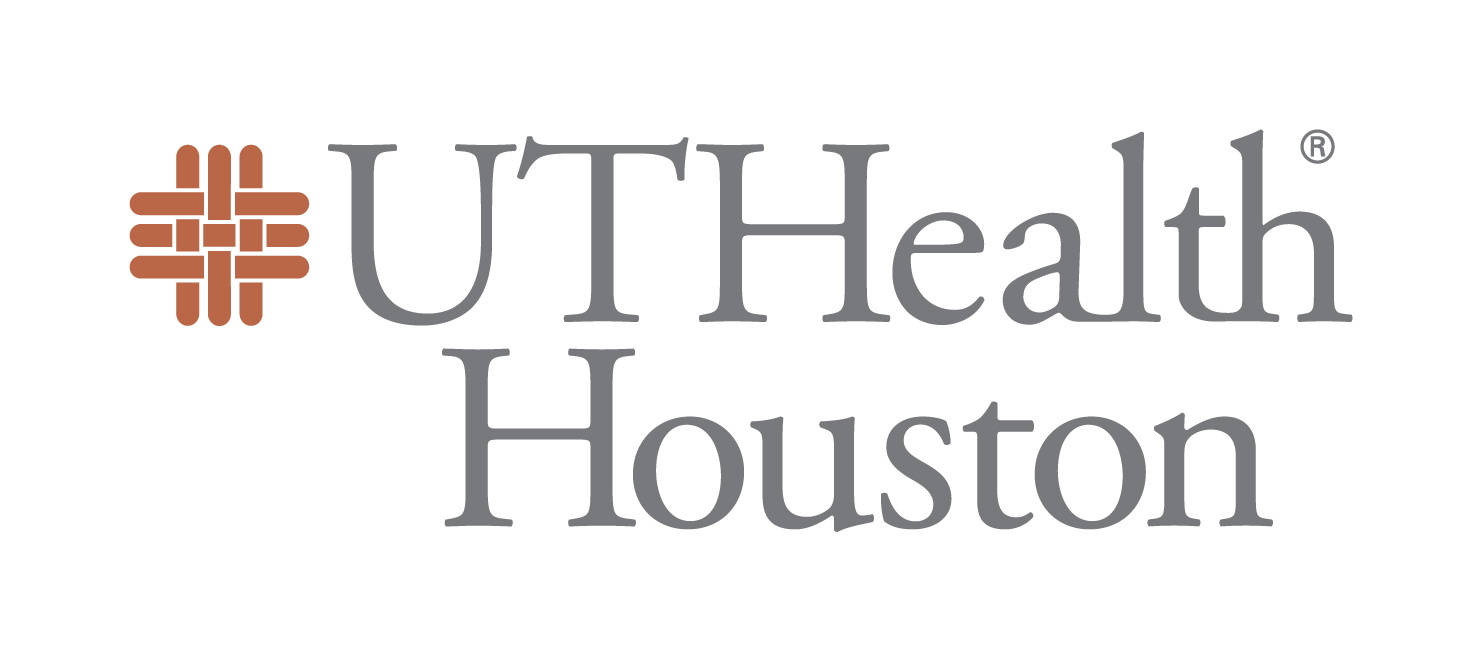| Tissue | Expression Dynamics | Abbreviation |
| Colorectum (GSE201348) |  | FAP: Familial adenomatous polyposis |
| CRC: Colorectal cancer |
| Colorectum (HTA11) |  | AD: Adenomas |
| SER: Sessile serrated lesions |
| MSI-H: Microsatellite-high colorectal cancer |
| MSS: Microsatellite stable colorectal cancer |
| Endometrium | 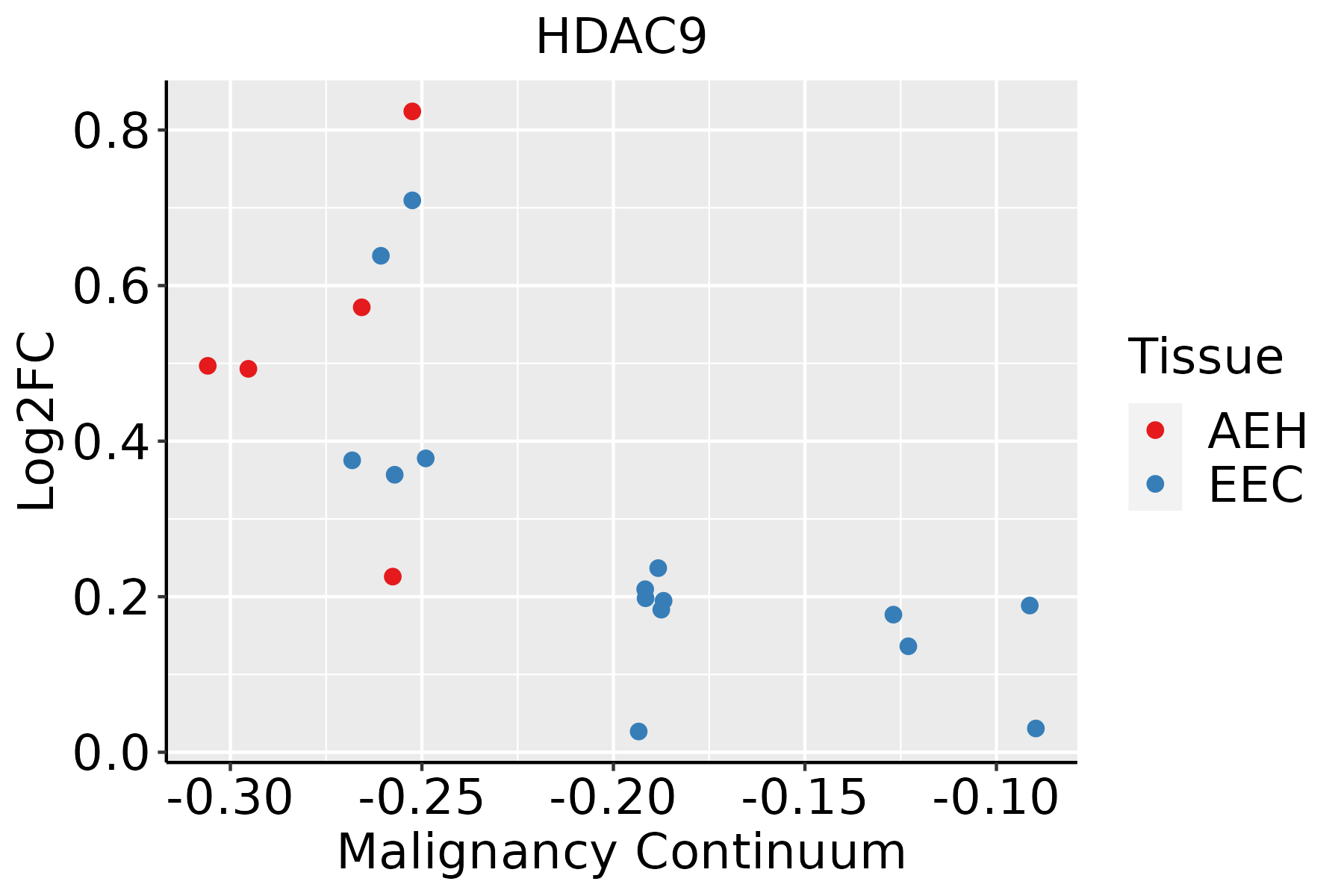 | AEH: Atypical endometrial hyperplasia |
| EEC: Endometrioid Cancer |
| Esophagus |  | ESCC: Esophageal squamous cell carcinoma |
| HGIN: High-grade intraepithelial neoplasias |
| LGIN: Low-grade intraepithelial neoplasias |
| GC |  | CAG: Chronic atrophic gastritis |
| CAG with IM: Chronic atrophic gastritis with intestinal metaplasia |
| CSG: Chronic superficial gastritis |
| GC: Gastric cancer |
| SIM: Severe intestinal metaplasia |
| WIM: Wild intestinal metaplasia |
| Lung |  | AAH: Atypical adenomatous hyperplasia |
| AIS: Adenocarcinoma in situ |
| IAC: Invasive lung adenocarcinoma |
| MIA: Minimally invasive adenocarcinoma |
| Oral Cavity |  | EOLP: Erosive Oral lichen planus |
| LP: leukoplakia |
| NEOLP: Non-erosive oral lichen planus |
| OSCC: Oral squamous cell carcinoma |
| GO ID | Tissue | Disease Stage | Description | Gene Ratio | Bg Ratio | pvalue | p.adjust | Count |
| GO:0032868 | Colorectum | AD | response to insulin | 91/3918 | 264/18723 | 2.02e-07 | 8.48e-06 | 91 |
| GO:1901653 | Colorectum | AD | cellular response to peptide | 114/3918 | 359/18723 | 8.32e-07 | 2.88e-05 | 114 |
| GO:0032869 | Colorectum | AD | cellular response to insulin stimulus | 72/3918 | 203/18723 | 1.10e-06 | 3.68e-05 | 72 |
| GO:0071375 | Colorectum | AD | cellular response to peptide hormone stimulus | 95/3918 | 290/18723 | 1.50e-06 | 4.66e-05 | 95 |
| GO:0043434 | Colorectum | AD | response to peptide hormone | 126/3918 | 414/18723 | 2.70e-06 | 7.86e-05 | 126 |
| GO:0001667 | Colorectum | AD | ameboidal-type cell migration | 137/3918 | 475/18723 | 2.17e-05 | 4.33e-04 | 137 |
| GO:0090132 | Colorectum | AD | epithelium migration | 105/3918 | 360/18723 | 1.18e-04 | 1.73e-03 | 105 |
| GO:0010632 | Colorectum | AD | regulation of epithelial cell migration | 88/3918 | 292/18723 | 1.19e-04 | 1.75e-03 | 88 |
| GO:0010631 | Colorectum | AD | epithelial cell migration | 104/3918 | 357/18723 | 1.33e-04 | 1.90e-03 | 104 |
| GO:0090130 | Colorectum | AD | tissue migration | 105/3918 | 365/18723 | 2.10e-04 | 2.77e-03 | 105 |
| GO:0010634 | Colorectum | AD | positive regulation of epithelial cell migration | 56/3918 | 176/18723 | 4.51e-04 | 5.03e-03 | 56 |
| GO:0043542 | Colorectum | AD | endothelial cell migration | 78/3918 | 279/18723 | 2.97e-03 | 2.22e-02 | 78 |
| GO:0010595 | Colorectum | AD | positive regulation of endothelial cell migration | 40/3918 | 133/18723 | 8.01e-03 | 4.73e-02 | 40 |
| GO:00328681 | Colorectum | SER | response to insulin | 65/2897 | 264/18723 | 6.70e-05 | 1.53e-03 | 65 |
| GO:00016671 | Colorectum | SER | ameboidal-type cell migration | 105/2897 | 475/18723 | 6.97e-05 | 1.59e-03 | 105 |
| GO:19016531 | Colorectum | SER | cellular response to peptide | 83/2897 | 359/18723 | 8.03e-05 | 1.77e-03 | 83 |
| GO:00434341 | Colorectum | SER | response to peptide hormone | 93/2897 | 414/18723 | 9.61e-05 | 2.04e-03 | 93 |
| GO:00901321 | Colorectum | SER | epithelium migration | 82/2897 | 360/18723 | 1.50e-04 | 2.93e-03 | 82 |
| GO:00106311 | Colorectum | SER | epithelial cell migration | 81/2897 | 357/18723 | 1.87e-04 | 3.44e-03 | 81 |
| GO:00713751 | Colorectum | SER | cellular response to peptide hormone stimulus | 68/2897 | 290/18723 | 2.20e-04 | 3.89e-03 | 68 |
| Hugo Symbol | Variant Class | Variant Classification | dbSNP RS | HGVSc | HGVSp | HGVSp Short | SWISSPROT | BIOTYPE | SIFT | PolyPhen | Tumor Sample Barcode | Tissue | Histology | Sex | Age | Stage | Therapy Types | Drugs | Outcome |
| HDAC9 | SNV | Missense_Mutation | | c.3178N>A | p.Gly1060Ser | p.G1060S | Q9UKV0 | protein_coding | tolerated(0.21) | benign(0.168) | TCGA-A2-A0D2-01 | Breast | breast invasive carcinoma | Female | <65 | I/II | Chemotherapy | adriamycin | SD |
| HDAC9 | SNV | Missense_Mutation | | c.2057N>T | p.Arg686Leu | p.R686L | Q9UKV0 | protein_coding | deleterious(0.01) | probably_damaging(0.992) | TCGA-A2-A0SV-01 | Breast | breast invasive carcinoma | Female | <65 | III/IV | Other, specify in notesBisphosphonate therapy | zometa | PD |
| HDAC9 | SNV | Missense_Mutation | | c.1846N>T | p.Pro616Ser | p.P616S | Q9UKV0 | protein_coding | deleterious(0.01) | possibly_damaging(0.696) | TCGA-AR-A251-01 | Breast | breast invasive carcinoma | Female | <65 | III/IV | Chemotherapy | doxorubicin | SD |
| HDAC9 | SNV | Missense_Mutation | | c.407G>C | p.Gly136Ala | p.G136A | Q9UKV0 | protein_coding | deleterious(0.04) | benign(0.164) | TCGA-BH-A0B7-01 | Breast | breast invasive carcinoma | Female | <65 | I/II | Chemotherapy | adriamycin | CR |
| HDAC9 | SNV | Missense_Mutation | novel | c.2986N>T | p.Ala996Ser | p.A996S | Q9UKV0 | protein_coding | deleterious(0.01) | probably_damaging(0.988) | TCGA-E2-A15M-01 | Breast | breast invasive carcinoma | Female | >=65 | I/II | Hormone Therapy | arimidex | SD |
| HDAC9 | SNV | Missense_Mutation | | c.2093C>T | p.Ser698Phe | p.S698F | Q9UKV0 | protein_coding | deleterious(0.01) | possibly_damaging(0.852) | TCGA-DR-A0ZM-01 | Cervix | cervical & endocervical cancer | Female | <65 | III/IV | Unspecific | Cisplatin | SD |
| HDAC9 | SNV | Missense_Mutation | | c.839N>T | p.Ser280Leu | p.S280L | Q9UKV0 | protein_coding | tolerated(0.08) | probably_damaging(0.994) | TCGA-EK-A2PG-01 | Cervix | cervical & endocervical cancer | Female | >=65 | I/II | Unknown | Unknown | SD |
| HDAC9 | SNV | Missense_Mutation | | c.1096N>T | p.Pro366Ser | p.P366S | Q9UKV0 | protein_coding | tolerated(0.33) | benign(0) | TCGA-FU-A23L-01 | Cervix | cervical & endocervical cancer | Female | <65 | I/II | Chemotherapy | cisplatin | CR |
| HDAC9 | SNV | Missense_Mutation | | c.702A>C | p.Lys234Asn | p.K234N | Q9UKV0 | protein_coding | deleterious(0) | probably_damaging(0.997) | TCGA-FU-A3HZ-01 | Cervix | cervical & endocervical cancer | Female | <65 | I/II | Chemotherapy | cisplatin | CR |
| HDAC9 | SNV | Missense_Mutation | novel | c.2773C>T | p.Pro925Ser | p.P925S | Q9UKV0 | protein_coding | tolerated(0.07) | possibly_damaging(0.692) | TCGA-VS-A94Z-01 | Cervix | cervical & endocervical cancer | Female | <65 | I/II | Chemotherapy | cisplatin | CR |
| Entrez ID | Symbol | Category | Interaction Types | Drug Claim Name | Drug Name | PMIDs |
| 9734 | HDAC9 | TRANSCRIPTION FACTOR BINDING, TRANSCRIPTION FACTOR COMPLEX, ENZYME, TRANSCRIPTION FACTOR, DRUGGABLE GENOME | inhibitor | SB939 | | |
| 9734 | HDAC9 | TRANSCRIPTION FACTOR BINDING, TRANSCRIPTION FACTOR COMPLEX, ENZYME, TRANSCRIPTION FACTOR, DRUGGABLE GENOME | inhibitor | PCI-24781 | ABEXINOSTAT | |
| 9734 | HDAC9 | TRANSCRIPTION FACTOR BINDING, TRANSCRIPTION FACTOR COMPLEX, ENZYME, TRANSCRIPTION FACTOR, DRUGGABLE GENOME | inhibitor | 310264675 | CUDC-101 | |
| 9734 | HDAC9 | TRANSCRIPTION FACTOR BINDING, TRANSCRIPTION FACTOR COMPLEX, ENZYME, TRANSCRIPTION FACTOR, DRUGGABLE GENOME | | MOCETINOSTAT | MOCETINOSTAT | 23829483,26287310 |
| 9734 | HDAC9 | TRANSCRIPTION FACTOR BINDING, TRANSCRIPTION FACTOR COMPLEX, ENZYME, TRANSCRIPTION FACTOR, DRUGGABLE GENOME | | BUTYRYLHYDROXAMIC ACID | BUTYRYLHYDROXAMIC ACID | 21874153 |
| 9734 | HDAC9 | TRANSCRIPTION FACTOR BINDING, TRANSCRIPTION FACTOR COMPLEX, ENZYME, TRANSCRIPTION FACTOR, DRUGGABLE GENOME | inhibitor | ROMIDEPSIN | ROMIDEPSIN | |
| 9734 | HDAC9 | TRANSCRIPTION FACTOR BINDING, TRANSCRIPTION FACTOR COMPLEX, ENZYME, TRANSCRIPTION FACTOR, DRUGGABLE GENOME | | PMID29671355-Compound-25 | | |
| 9734 | HDAC9 | TRANSCRIPTION FACTOR BINDING, TRANSCRIPTION FACTOR COMPLEX, ENZYME, TRANSCRIPTION FACTOR, DRUGGABLE GENOME | | SUBEROHYDROXAMIC ACID | SUBEROHYDROXAMIC ACID | 16921367 |
| 9734 | HDAC9 | TRANSCRIPTION FACTOR BINDING, TRANSCRIPTION FACTOR COMPLEX, ENZYME, TRANSCRIPTION FACTOR, DRUGGABLE GENOME | inhibitor | CUDC-101 | CUDC-101 | |
| 9734 | HDAC9 | TRANSCRIPTION FACTOR BINDING, TRANSCRIPTION FACTOR COMPLEX, ENZYME, TRANSCRIPTION FACTOR, DRUGGABLE GENOME | | VORINOSTAT | VORINOSTAT | |








 Identification of the aberrant gene expression in precancerous and cancerous lesions by comparing the gene expression of stem-like cells in diseased tissues with normal stem cells
Identification of the aberrant gene expression in precancerous and cancerous lesions by comparing the gene expression of stem-like cells in diseased tissues with normal stem cells Find out the enriched GO biological processes and KEGG pathways involved in transition from healthy to precancer to cancer
Find out the enriched GO biological processes and KEGG pathways involved in transition from healthy to precancer to cancer
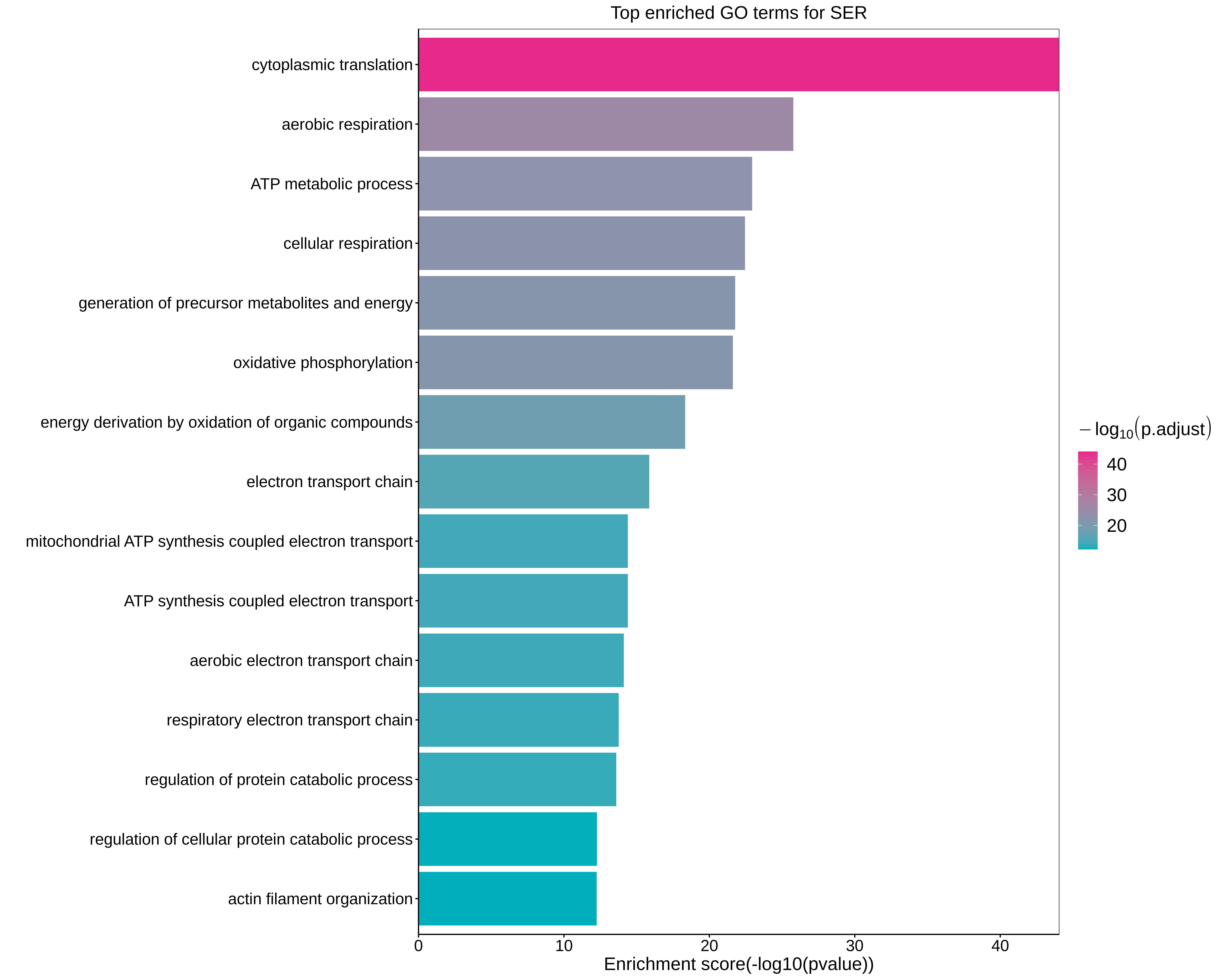

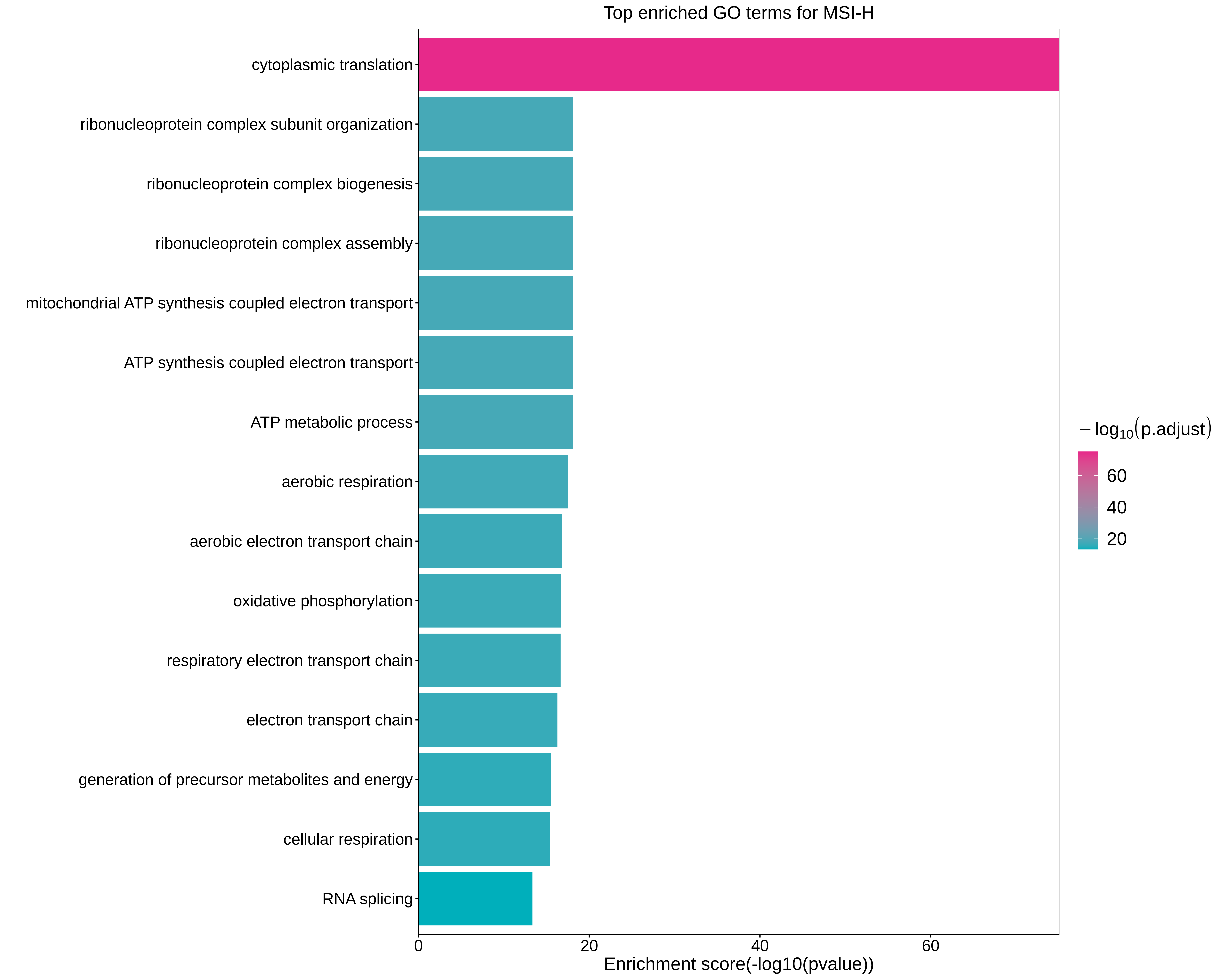
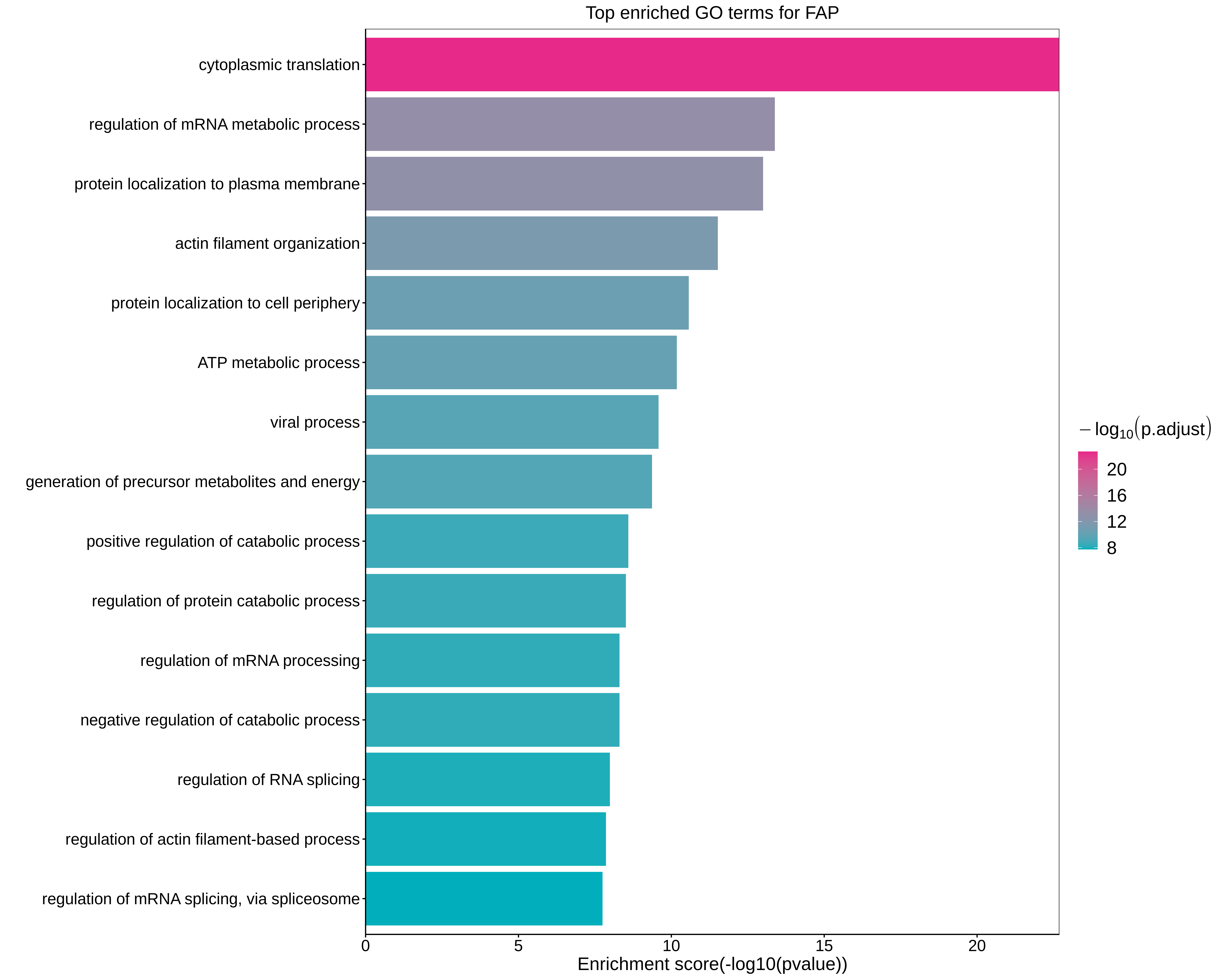
 Identification of potential cell-cell interactions between two cell types and their ligand-receptor pairs for different disease states
Identification of potential cell-cell interactions between two cell types and their ligand-receptor pairs for different disease states Find out the significant the regulons (TFs) and the target genes of each regulon across cell types for different disease states
Find out the significant the regulons (TFs) and the target genes of each regulon across cell types for different disease states Annotation of somatic variants for genes involved in malignant transformation
Annotation of somatic variants for genes involved in malignant transformation Identification of chemicals and drugs interact with genes involved in malignant transfromation
Identification of chemicals and drugs interact with genes involved in malignant transfromation






